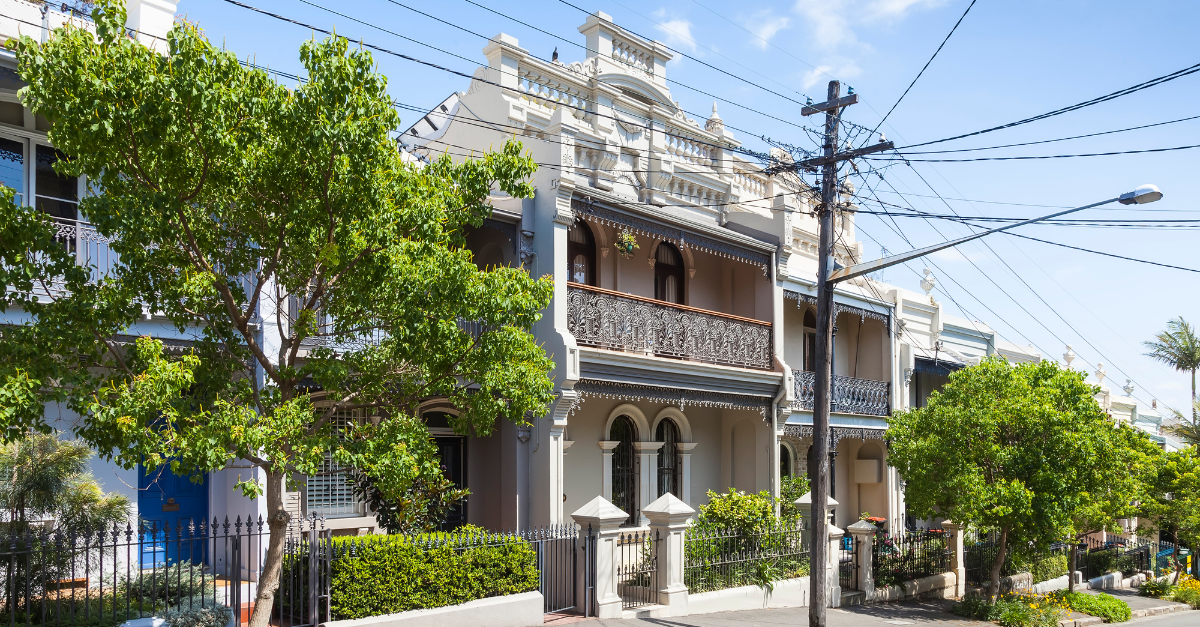Understanding lenders mortgage insurance

LMI covers the lender’s risk within a residential mortgage transaction in case the borrower fails to make loan repayments.
Not to be confused with mortgage protection insurance, which is designed to protect the borrower.
1. Why do I need it?
Lenders mortgage insurance (LMI) is required when the value of a loan is more than 80% of a property’s purchase price, or property valuation if refinancing. In very basic terms, a lender considers a loan to carry a higher risk if the Loan to Value Ratio (LVR) is above 80%, in which case LMI is payable. LMI is a fairly common practice within the industry, particularly for first home buyers who may struggle to save a 20% deposit.
Even though the actual property acts as security for the mortgage, the nature of the property market, like any investment class, means there is a chance that its value declines. This could result in a financial loss for the lender if the borrower is unable to repay the loan and the property is sold at a price below the value of the loan.
2. What is the cost?
The cost of the LMI premium is dependent on several factors, such as the loan size and property value. Most insurers are flexible when it comes to the method of payment of LMI, it can either be a one-off upfront premium payment, or a premium could be included in the overall cost of the loan and included in the regular repayments.
It is not transferable, which means a new loan, for example if the borrower refinances the loan, may require a new LMI premium depending on how much equity the borrower has in the property.
3. What’s the benefits?
While LMI protects the interests of the lender, there is value to borrowers in paying the LMI premium.
Opting for LMI means it allows a borrower to independently purchase a property sooner than they otherwise might. LMI is the alternative to using a guarantor or having to save for a bigger deposit, both of which are not feasible options for many first home buyers.
A deposit of at least 20% of the desired loan amount is required for a borrower to not be deemed ‘high-risk’. For many buyers it is difficult to save this amount, LMI allows those borrowers with smaller deposits to enter the market sooner rather than later.
The major benefit of LMI is that it can allow the dream of homeownership to become a reality for a lot of first home buyers.
4. Can I avoid paying ?
Depending on your circumstances, you could save for a higher deposit – a higher deposit means a smaller loan amount and therefore a lower LVR thereby reducing the lender’s risk. A loan of 80% or less of the property’s value is the key to avoiding paying LMI.
If you don’t have the financial capacity to meet a 20% deposit but still want to avoid LMI, you do have the option of getting a guarantor for your loan. A close relative, such as a parent, sibling or perhaps a grandparent, may be eligible to act as a guarantor, and they use the equity in their property to help you secure yours and keep your total loan below 80%. However, it’s important to remember that acting as a guarantor does come with some risks too.
Paying too much for a home loan?
See how we saved customers more than $6000 per year, just by reviewing their home loan.

Understand the ins-and-outs of construction loans and fund your renovations and building plans.
Buying a property with family or friends could be a solution to getting into the competitive housing market.
Here's a guide to get your home loan approved faster, get pre-approved before purchasing your dream home.






























